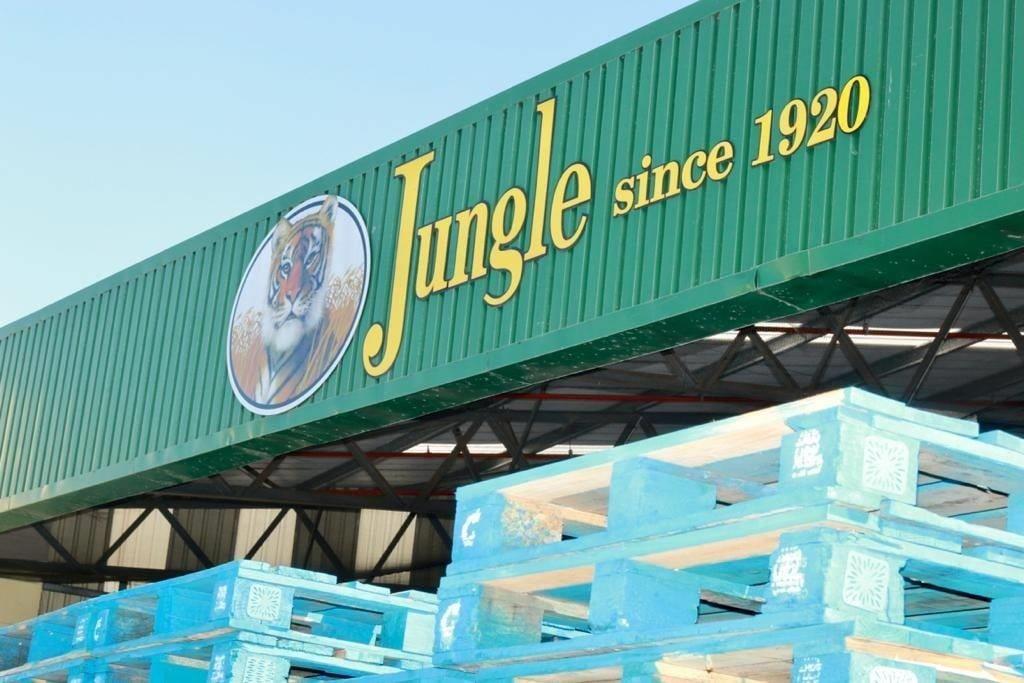Africa-Press – South-Africa. SA’s largest food producer, Tiger Brands, has reported a double-digit increase in interim revenue as it passed on escalating input costs to customers, but it still felt the pressure in terms of both its volumes and profit margins.Selling price inflation of 17% drove up revenue 16% to R19.4 billion in its six months to end March, it reported on Tuesday, with volumes dipping 1%, and headline earnings per share rising slightly to 731c.
The company, which kept its interim dividend unchanged at 320c, had to deal with escalating load shedding costs, which saw gross margins coming under pressure.
The maker of Jungle Oats, Tastic rice and Albany bread, also warned on Tuesday that the weakening rand, which hit a record low of R19.83/$, was likely to offset the benefits of weakening prices of certain internationally priced commodities.
Volumes held steady in its domestic business, “driven by strong volume recoveries” in its bakeries, snacks and treats and personal care divisions, as well as “good performances in sorghum breakfast, rice, beverages and out of home” segments.
There were however volume declines in flour to retail and wholesale customers, as well as in sorghum beverages, groceries and baby categories, with a “marginal decline” in home care.
It also reported that a “significant decline” in volumes in its deciduous fruits business, which offset a strong recovery in export volumes.
Tiger said its cost saving initiatives and other supply chain efficiencies were not enough to “counter the high level of input cost inflation, further impacted by the cost of operating in a constrained electricity environment”. The total cost of load shedding came to R76 million for the period, compared to R12 million in the corresponding period last year.
As a result, gross margins declined to 27% from 29.2% last year.
As far as the outlooks on commodity prices and SA’s woes were concerned, Tiger said: “In addition, although a significant reduction in certain internationally priced commodities is anticipated, this is currently being offset by rand weakness, whilst operating costs are expected to rise significantly as a consequence of higher levels of load shedding during the winter season.”
For More News And Analysis About South-Africa Follow Africa-Press






